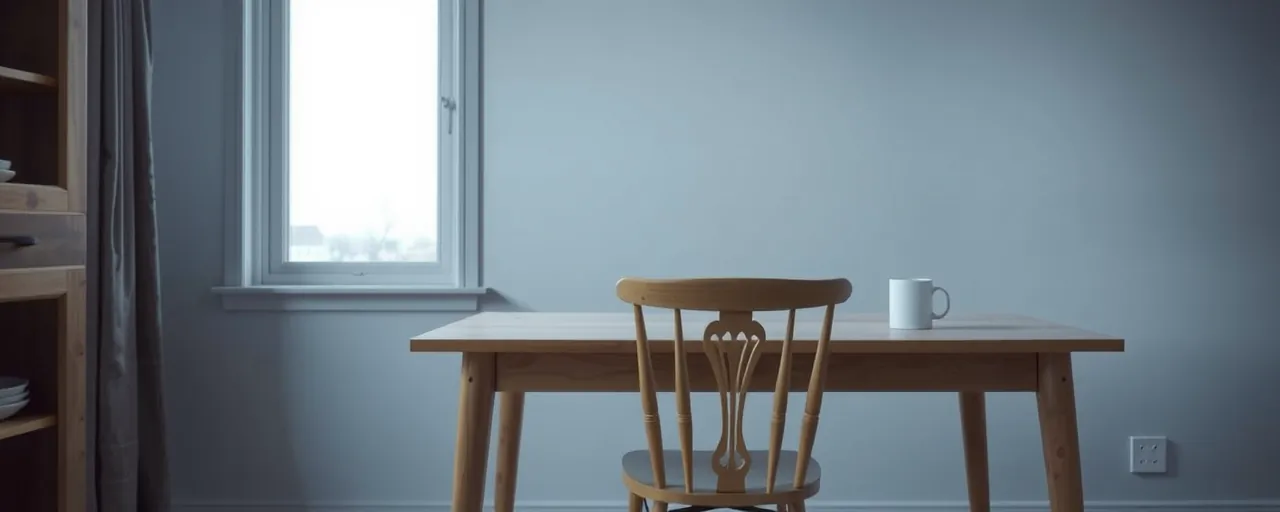A Deepening Financial Strain
Late last year, 11.1% of U.S. credit card holders paid just the minimum due on their accounts, a level not seen in over a decade, according to the Philadelphia Federal Reserve. With total household debt reaching $18.2 trillion in early 2025, this spike reflects growing pressure on families navigating rising costs and steep interest rates. For many, keeping up with credit card payments has become a juggling act.
This shift emerged gradually. Minimum payments, typically a small fraction of the balance plus interest and fees, grow as debt accumulates. Paying only the minimum often means barely touching the principal, which can stretch repayment over years and rack up thousands in interest. This trend prompts a closer look at what’s driving it and how it affects everyday households.
What’s Behind the Rise in Minimum Payments?
Multiple forces are converging to push cardholders toward minimum payments. Inflation has eroded purchasing power faster than wages have grown, squeezing budgets for essentials like food and rent. Recent surveys reveal 30% of households borrow to cover basic needs, and 59% lack savings to handle a $1,000 emergency, leaving little extra to tackle credit card balances.
Interest rates are a major factor. With credit card APRs climbing to around 21%, driven by Federal Reserve rate hikes since 2022, even small balances generate hefty interest. For instance, a $5,000 balance with a 2% minimum payment could take decades to clear, with interest costs ballooning over time. Higher rates make it tougher to reduce debt quickly.
Lender practices also contribute. Since the 2009 CARD Act set clearer rules, issuers tie minimum payments to balances and fees, which can spike after late payments or growing debt. This setup ensures some repayment but often locks cardholders into prolonged debt cycles, especially when financial pressures limit their ability to pay more.
Different Views on Tackling Debt
Some focus on personal accountability as the key to reducing credit card debt. Supporters of financial discipline advocate for stronger budgeting skills and spending restraint. They highlight solutions like financial education, low-interest refinancing options from lenders, and policies that encourage job growth or tax systems rewarding savings, all aimed at helping individuals manage debt independently.
Others point to deeper economic issues. Advocates for consumer protections argue that high debt stems from stagnant wages, soaring living costs, and lending practices that favor profits. They push for stronger regulations, such as interest rate caps, broader access to affordable credit, and programs to ease costs for housing or healthcare. The Consumer Financial Protection Bureau, created in 2010, is often seen as vital for curbing unfair lending.
Both perspectives recognize rising financial stress, particularly among younger people, with student loan delinquencies hitting over 7% in early 2025. The discussion hinges on whether to prioritize individual responsibility or systemic changes, each approach offering distinct benefits and challenges for families under strain.
Looking Ahead
The surge in minimum payments signals broader risks. With overall debt delinquency rates rising to 4.3%, prolonged debt burdens could limit families’ ability to save or handle unexpected costs. This trend may also dampen consumer spending, affecting businesses and economic growth. For those stuck paying minimums, financial stability feels increasingly distant.
Still, some are adapting. Consumers are exploring balance-transfer cards or personal loans to cut interest costs, while others trim nonessential spending to focus on debt. Banks are tightening lending criteria, which may slow debt growth but could restrict credit for those in need. These steps show resilience but highlight the need for broader solutions.
Addressing this issue will require balancing short-term relief with lasting change. Whether through improved financial literacy, tougher lending rules, or policies that lift incomes, easing the debt burden is essential. The 11.1% of cardholders trapped by minimum payments underscore a pressing reality: for too many, financial security remains just out of reach.
